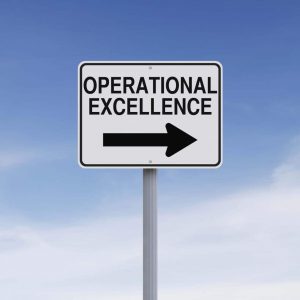 The term “Lean” has become widely used in the manufacturing sector since the late 1980s when it was first used by James P. Womack, Ph.D. of MIT’s International Motor Vehicle Program to describe Toyota’s highly successful manufacturing process and business model. While its core premise of eliminating waste is quite simple, identification of waste and implementation of best practices takes effort. Waste can be defined as any process or activity without value — such as overproduction, defects, and waiting — and accounts for up to 60% of a typical manufacturing company’s production activities.
The term “Lean” has become widely used in the manufacturing sector since the late 1980s when it was first used by James P. Womack, Ph.D. of MIT’s International Motor Vehicle Program to describe Toyota’s highly successful manufacturing process and business model. While its core premise of eliminating waste is quite simple, identification of waste and implementation of best practices takes effort. Waste can be defined as any process or activity without value — such as overproduction, defects, and waiting — and accounts for up to 60% of a typical manufacturing company’s production activities.
But Lean isn’t just for manufacturing companies. In fact, most companies can benefit greatly from incorporating Lean techniques into their standard operating procedures. At its core, Lean enables a business to run more efficiently by improving quality and reducing costs, whether that company is a car manufacturer, a hospital, a retail operation — or even a water or wastewater utility.
Key Principles
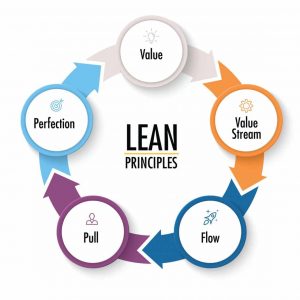 The Lean Enterprise Institute (LEI), long considered the premier resource for lean theory and training, identifies the five key Lean principles as value, value stream, flow, pull, and perfection. Value is always defined through the customer, and addresses such issues as price point, delivery timelines, requirements, and expectations. Value to a water or wastewater utility may include price, quality of water or effluent, reliability of service, and meeting regulatory requirements.
The Lean Enterprise Institute (LEI), long considered the premier resource for lean theory and training, identifies the five key Lean principles as value, value stream, flow, pull, and perfection. Value is always defined through the customer, and addresses such issues as price point, delivery timelines, requirements, and expectations. Value to a water or wastewater utility may include price, quality of water or effluent, reliability of service, and meeting regulatory requirements.
Once value has been established, each and every step and process taken to meet that value is mapped as the value stream. These steps include not only manufacturing processes, but also contributing areas and departments including administrative, human resources, and customer service. By mapping every step in the process, identification of areas lacking value can be identified and addressed. Value streaming results in not only less waste, but also improved operational understanding.
Flow refers to process efficiency and is the next step after waste was been eliminated from the value stream. Often, creating true flow requires cross-functionality across departments, something that can be a challenge for companies to implement. However, this step also boasts some of the highest efficiency gains. For water and wastewater utilities, increasing flow may include moving towards transparent communication between operators and management and standardization and documentation of processes and effective practice guidelines. Ensuring that the remaining steps in the process occur smoothly and without interruption is key to the lean process.
Reducing waste in the value stream and improving flow enables a manufacturing company to shorten the manufacturing process and implement “just in time” delivery, or pull. In service operations such as water and wastewater systems, pull focuses on the people and refers to the way in which work is distributed and managed. In a traditional push system, all projects and tasks are distributed as a giant to-do list, which can lead to disorganization, diluted priorities, and employees feeling overwhelmed. In a pull system, workers are allowed to pull in tasks as they are ready, leading to a more focused approach to projects, better prioritization of key initiatives, and increased communication between workers at all levels. Organizations that utilize a pull system for work realize a significant reduction in wasted time resulting in far more efficient time utilization.
The final step may actually be the most important: perfection. Perfection refers to continuous improvement by incorporating Lean thinking into the very fabric of the corporate culture. Perfection acknowledges that true Lean requires constant effort and is never static.
Lean Implementation
Because the main goal of Lean is to create more value with fewer resources, a Lean company strives to create an organization that provides perfect value with zero waste. In addition to changing from silo to matrix management, implementing Lean follows four basic tenets, known as the four Ps of Lean thinking: purpose, process, people, and performance.
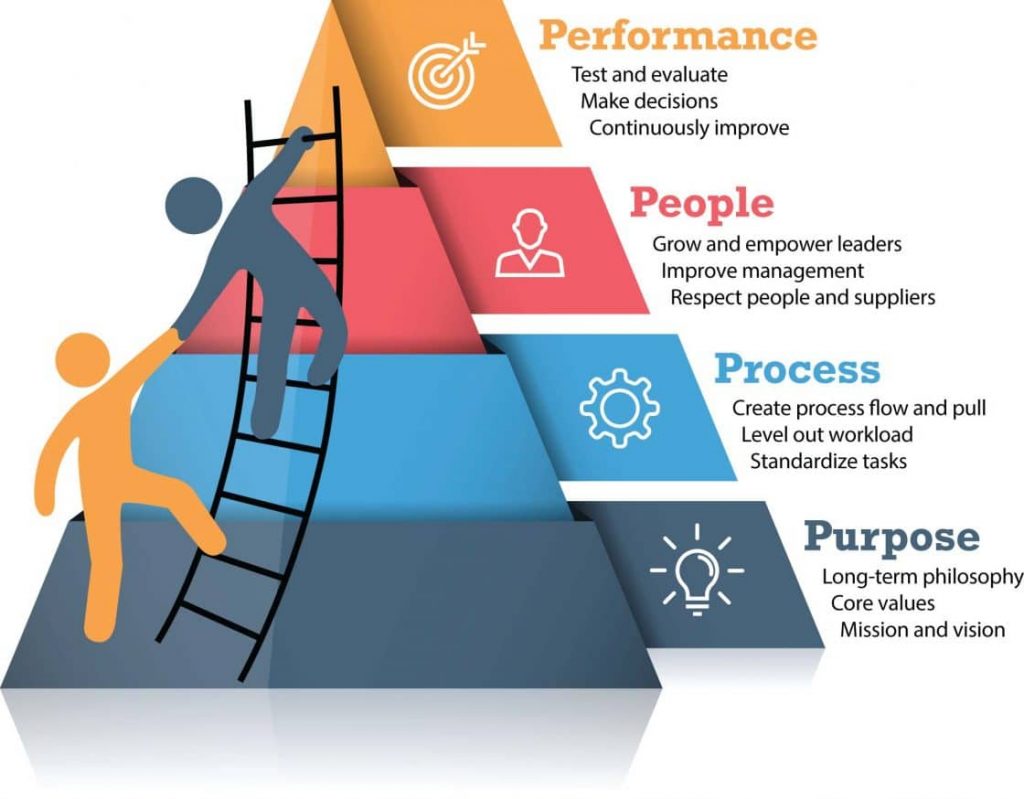 Purpose
Purpose
Companies must first determine their essential purpose. For some companies, profit may be the driving motivation, while others may exist for philanthropic purposes. Water and wastewater utilities provide an essential service to customers. Besides the general purpose of the organization, a company must also determine its philosophical drivers. These can include core values, mission, and vision.
Process
Once purpose has been determined, a company must determine the process by which it reaches its customer and produces the product, whatever that product may be. Simply put, process refers to the way in which a business operates in relation to its customer and its internal operations. Most of the key principles of Lean thinking can be applied during the process step. Unfortunately, it is also the step at which many businesses become stuck if they lose focus or lack cooperation from employees or management.
People
People refers not only to those for whom the product or service is created, but also the people within the organization who create the product or service. In other words, people are customers and employees, as well as some consultants and suppliers. Developing employees, growing leaders, improving management, and showing respect at all levels are important facets of this critical step.
Performance
Performance is the final step of the Lean approach and is in line with the perfection principle. A company must assess any improvement in its ability to deliver its product or service, and identify any additional gaps. Lean implementation typically goes through many trials and iterations before truly successful performance is achieved. Again, it is critical to remember that Lean is a continuous process that requires vigilance and ongoing effort from an organization.
Lean Thinking in Water and Wastewater Operations
 Because it is often referred to as lean manufacturing, there is a misconception that Lean is strictly for manufacturing organizations. In fact, Lean is not a set of tactics or a simple method of cost reduction; rather, Lean is a completely different way of thinking and operating on an organization-wide basis.
Because it is often referred to as lean manufacturing, there is a misconception that Lean is strictly for manufacturing organizations. In fact, Lean is not a set of tactics or a simple method of cost reduction; rather, Lean is a completely different way of thinking and operating on an organization-wide basis.
For water and wastewater, Tata & Howard’s proprietary Business Practice Evaluation (BPE) is a highly effective methodology that can assist utilities in becoming lean organizations. By definition, a BPE is a “process that assesses the health of a utility’s business practices with the goal of minimizing the total cost of managing, operating, and maintaining utility assets while delivering exceptional service to customers” — the core definition of lean thinking. A BPE accomplishes this by assessing all business practices, identifying opportunities for improvement, and implementing a framework for a structured approach to managing, operating, and maintaining a utility in the same manner as a profitable business, where focus is placed on management of resources, employee engagement, operational efficiency, and customer service. The finished product provides a utility with a clear understanding of baseline history and areas of opportunity for improvement. In addition, the utility receives a matrix of recommendations for each business practice they want to improve, along with the risk and consequence of inaction. Organizations that have conducted a BPE significantly improve the operational efficiency of their utility. A BPE is arguably one of the most important steps in a water or wastewater utility’s journey toward becoming a truly Lean organization.
In Conclusion
All types of businesses across all industries and service offerings are turning toward Lean thinking to remain competitive and profitable in today’s consistently changing corporate climate. Successful Lean organizations recognize that lean is not a one-time cost reduction program or a quick fix, but rather a completely different way of thinking and operating that constantly evolves. While true Lean transformation takes long-term vigilance and attention, the benefits of increased operational efficiency, exceptional customer satisfaction, and better profitability are well worth the effort.

 World Water Week is an annual event organized by the Stockholm International Water Institute (SIWI) that focuses on global water issues, and this year’s theme is “Water and Waste: Reduce and Reuse.” The main event takes place in Stockholm, Sweden where experts, innovators, stakeholders, and young professionals from various sectors around the globe will come together to share ideas, foster relationships, and develop innovative solutions to the world’s most urgent water-related problems. In 2016, over 3,300 individuals and over 330 organizations from 130 countries around the world participated in World Water Week, and the expectation is that 2017 will see at least those numbers. Through this year’s theme, World Water Week is focusing on two targets addressed by the Sustainable Development Goals (SDGs) of the UN’s 2030 Agenda for Sustainable Development including improving water quality and reducing waste by 2030 in order to help achieve sustainable development in a rapidly changing world.
World Water Week is an annual event organized by the Stockholm International Water Institute (SIWI) that focuses on global water issues, and this year’s theme is “Water and Waste: Reduce and Reuse.” The main event takes place in Stockholm, Sweden where experts, innovators, stakeholders, and young professionals from various sectors around the globe will come together to share ideas, foster relationships, and develop innovative solutions to the world’s most urgent water-related problems. In 2016, over 3,300 individuals and over 330 organizations from 130 countries around the world participated in World Water Week, and the expectation is that 2017 will see at least those numbers. Through this year’s theme, World Water Week is focusing on two targets addressed by the Sustainable Development Goals (SDGs) of the UN’s 2030 Agenda for Sustainable Development including improving water quality and reducing waste by 2030 in order to help achieve sustainable development in a rapidly changing world.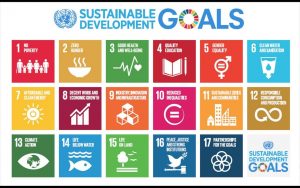
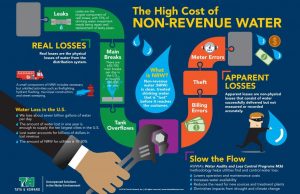 Communities lose millions of gallons of water
Communities lose millions of gallons of water
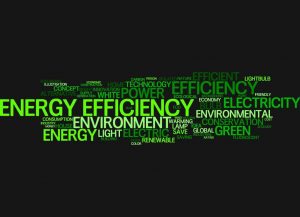 As those in the industry well know, water and wastewater treatment plants use an exorbitant amount of energy. In fact, 30-40% of total municipal energy consumption is due to water and wastewater treatment plants. In addition, energy currently accounts for 40% of drinking water systems’ operational costs and is projected to jump to 60% within the next 15 years. This excessive energy consumption places financial burden on already stressed water and wastewater utilities struggling to keep up with ever-increasing regulations and demand.
As those in the industry well know, water and wastewater treatment plants use an exorbitant amount of energy. In fact, 30-40% of total municipal energy consumption is due to water and wastewater treatment plants. In addition, energy currently accounts for 40% of drinking water systems’ operational costs and is projected to jump to 60% within the next 15 years. This excessive energy consumption places financial burden on already stressed water and wastewater utilities struggling to keep up with ever-increasing regulations and demand.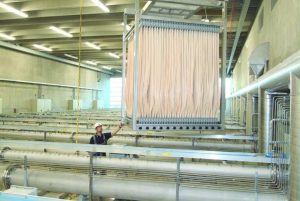
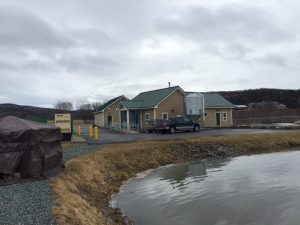
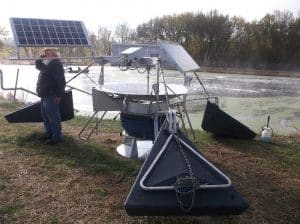

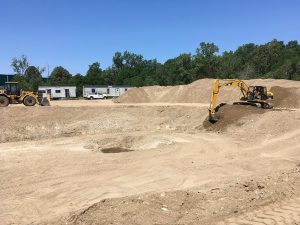
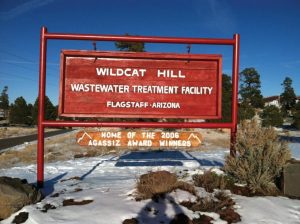 Tata & Howard provides on-call engineering services for water, wastewater, and energy related projects for the City of Flagstaff, Arizona. Several options for replacement of the blowers were evaluated and presented to the City in a report that recommended the installation of appropriately sized turbo blowers and upgrading the controls logic to automate dissolved oxygen controls.
Tata & Howard provides on-call engineering services for water, wastewater, and energy related projects for the City of Flagstaff, Arizona. Several options for replacement of the blowers were evaluated and presented to the City in a report that recommended the installation of appropriately sized turbo blowers and upgrading the controls logic to automate dissolved oxygen controls.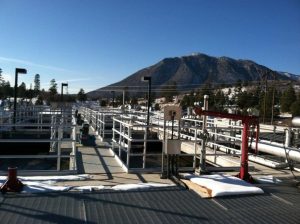

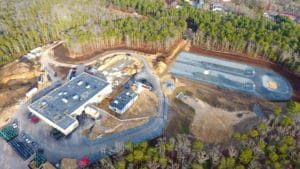
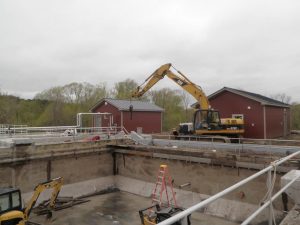

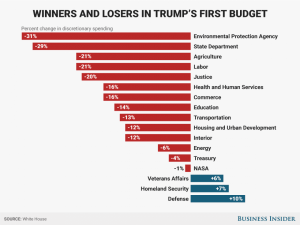 Trump’s proposed FY18 budget includes deep cuts to the nation’s major infrastructure programs. Both the DWSRF and CWSRF, funded by the EPA, are slated for drastic reduction under Trump’s budget, while the CBDG program is marked for elimination. In fact, Trump’s budget proposes to completely eliminate 66 federal programs including not only CBDG but also the United States Department of Agriculture’s Rural Water and Waste Disposal Program, and the Northern Border Regional Commission, which is a Federal-State partnership for economic and community development within the most distressed counties of Maine, New Hampshire, Vermont, and New York. Without these funding programs, some communities may not be able to implement needed system improvements.
Trump’s proposed FY18 budget includes deep cuts to the nation’s major infrastructure programs. Both the DWSRF and CWSRF, funded by the EPA, are slated for drastic reduction under Trump’s budget, while the CBDG program is marked for elimination. In fact, Trump’s budget proposes to completely eliminate 66 federal programs including not only CBDG but also the United States Department of Agriculture’s Rural Water and Waste Disposal Program, and the Northern Border Regional Commission, which is a Federal-State partnership for economic and community development within the most distressed counties of Maine, New Hampshire, Vermont, and New York. Without these funding programs, some communities may not be able to implement needed system improvements.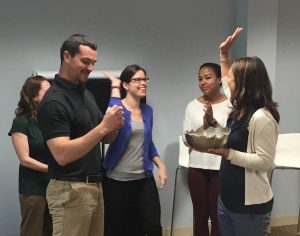 But team building doesn’t happen by chance; rather, it requires a concentrated effort from employee-owners at all levels in order to build and maintain positive and meaningful relationships. Because of this, Tata & Howard encourages and invests in activities that bring all of us closer together. A large part of our team building comes in the form of our Employee Stock Ownership Plan (ESOP). Since 2014, 100% of the stock in Tata & Howard has been owned by the employees, and since every member of the firm is an owner, the success of the firm becomes much more personal. Just like a football team that must work together to win championships (we might be talking about the Patriots here!), we also work together to deliver the best projects to our clients, enabling us to grow the firm.
But team building doesn’t happen by chance; rather, it requires a concentrated effort from employee-owners at all levels in order to build and maintain positive and meaningful relationships. Because of this, Tata & Howard encourages and invests in activities that bring all of us closer together. A large part of our team building comes in the form of our Employee Stock Ownership Plan (ESOP). Since 2014, 100% of the stock in Tata & Howard has been owned by the employees, and since every member of the firm is an owner, the success of the firm becomes much more personal. Just like a football team that must work together to win championships (we might be talking about the Patriots here!), we also work together to deliver the best projects to our clients, enabling us to grow the firm.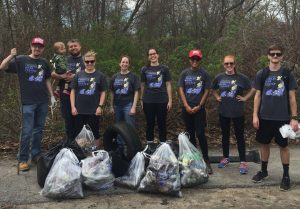


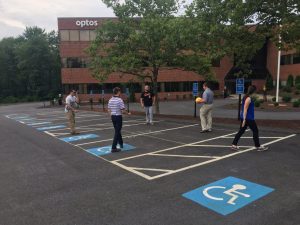 We believe that our team is what sets us apart and what makes the firm special, and the firm of choice for innovative solutions in the water environment. From working together on innovative projects — like the recently completed
We believe that our team is what sets us apart and what makes the firm special, and the firm of choice for innovative solutions in the water environment. From working together on innovative projects — like the recently completed 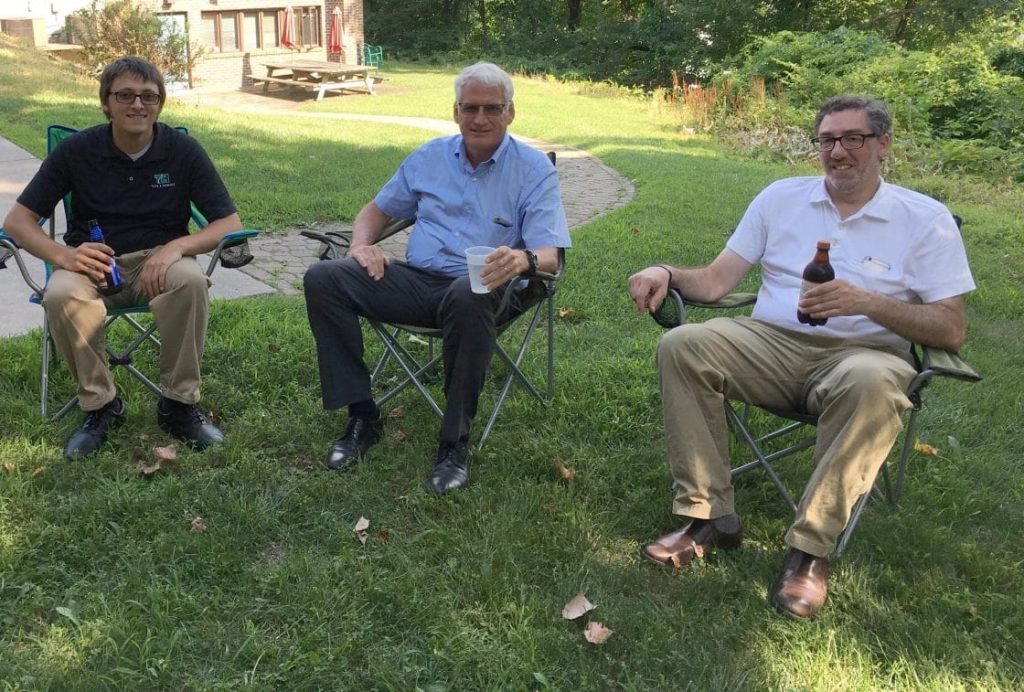
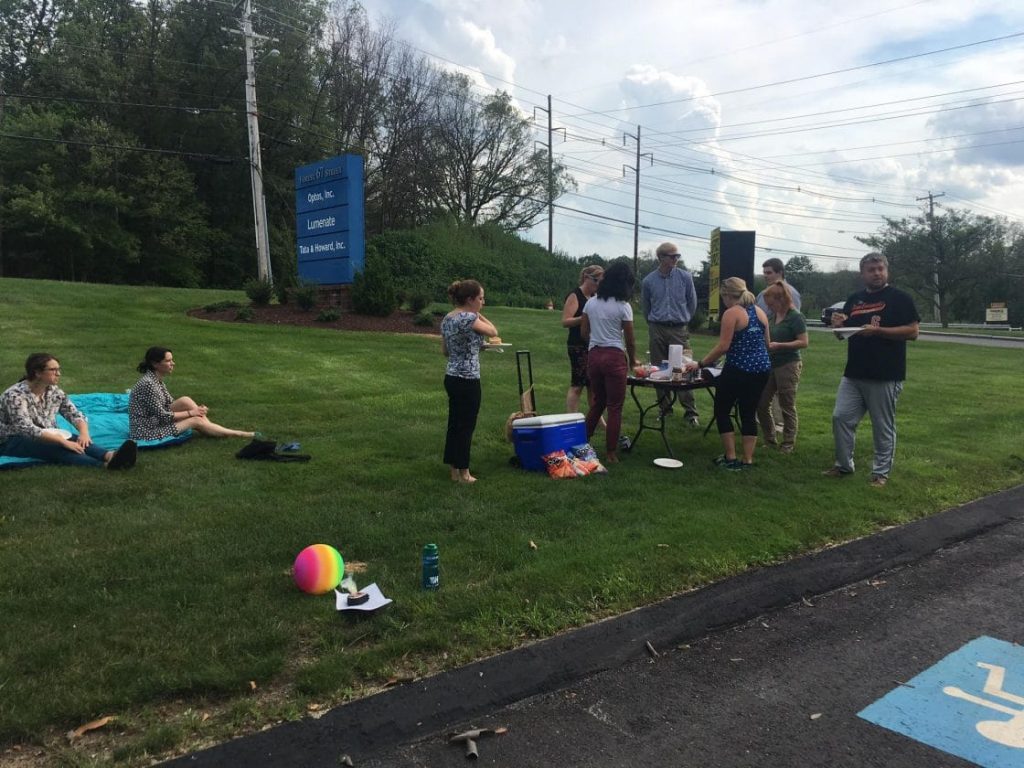

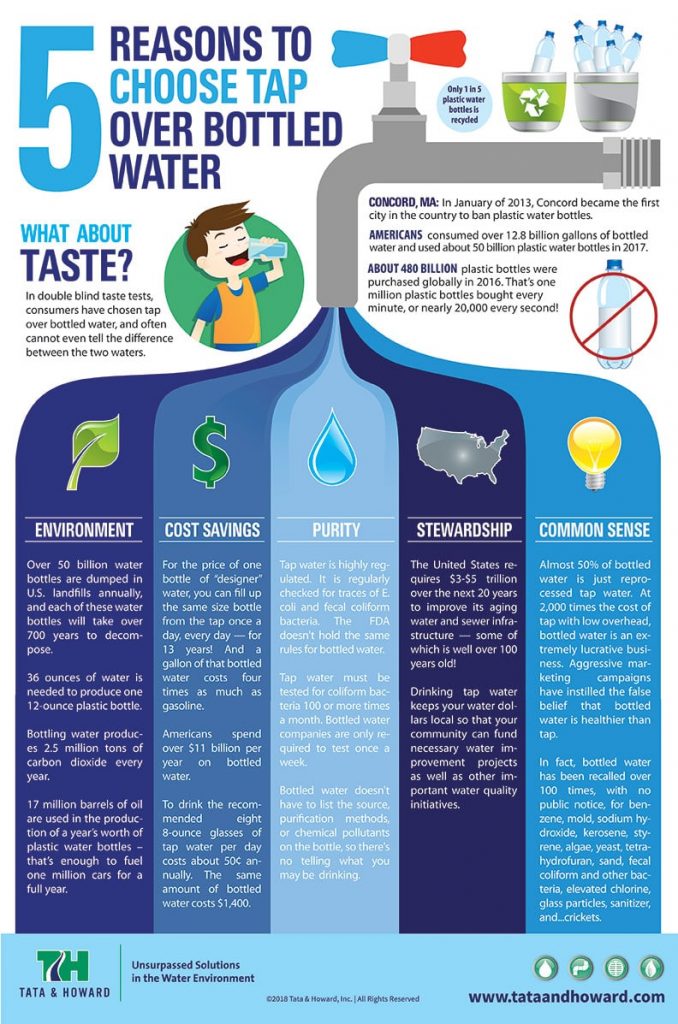
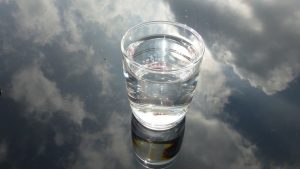 Each municipality and utility is responsible for making sure that its assets, including water, wastewater, and/or stormwater systems, stay in good working order, regardless of the age of its components or the availability of additional funds. This requirement makes properly maintaining and monitoring assets paramount. With limited resources, an asset management plan can help municipalities and utilities maximize the value of their capital as well as their operations and maintenance dollars. Asset management is a scalable approach that can be utilized by all types of systems, of any size.
Each municipality and utility is responsible for making sure that its assets, including water, wastewater, and/or stormwater systems, stay in good working order, regardless of the age of its components or the availability of additional funds. This requirement makes properly maintaining and monitoring assets paramount. With limited resources, an asset management plan can help municipalities and utilities maximize the value of their capital as well as their operations and maintenance dollars. Asset management is a scalable approach that can be utilized by all types of systems, of any size.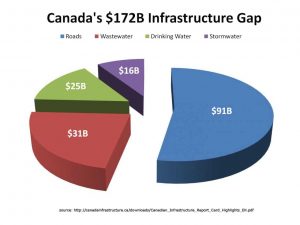 The
The 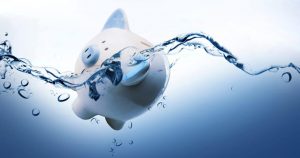 It is apparent that financial planning for municipalities and utilities must be based on sound asset condition projections from an engineering and operations perspective – not just financial assumptions. Customers are often adamantly against rate and tax increases; however, these sometimes-unavoidable increases are easier for customers to understand — and accept — when they are backed up with clear data showing exactly what system improvements are needed and why. There are many costs associated with municipality and utility operations and maintenance. One of these is the cost of asset ownership, a cost element not currently present in the audited financial statements of many municipalities and utilities. An asset management approach can aid municipalities and utilities in understanding the true costs associated with ownership and operation along with complying with government regulations.
It is apparent that financial planning for municipalities and utilities must be based on sound asset condition projections from an engineering and operations perspective – not just financial assumptions. Customers are often adamantly against rate and tax increases; however, these sometimes-unavoidable increases are easier for customers to understand — and accept — when they are backed up with clear data showing exactly what system improvements are needed and why. There are many costs associated with municipality and utility operations and maintenance. One of these is the cost of asset ownership, a cost element not currently present in the audited financial statements of many municipalities and utilities. An asset management approach can aid municipalities and utilities in understanding the true costs associated with ownership and operation along with complying with government regulations.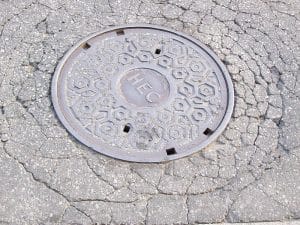 Finding and detecting failures such as leaks in the system
Finding and detecting failures such as leaks in the system
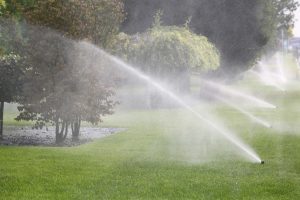 The summer months often go hand in hand with increased water demand and decreased supply. An influx of tourists combined with summer drought and increased outdoor water usage often leaves water systems feeling the pinch. Traditionally, water conservation has been limited to water use restrictions. However, increasing water efficiency is another way to address limited water supplies, with the added boon of providing economic and environmental benefit.
The summer months often go hand in hand with increased water demand and decreased supply. An influx of tourists combined with summer drought and increased outdoor water usage often leaves water systems feeling the pinch. Traditionally, water conservation has been limited to water use restrictions. However, increasing water efficiency is another way to address limited water supplies, with the added boon of providing economic and environmental benefit.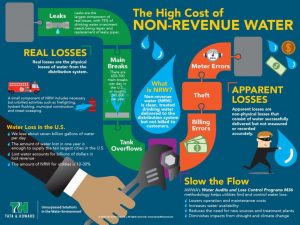
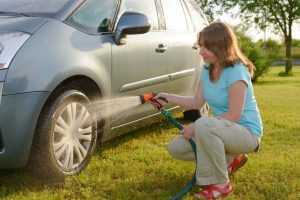
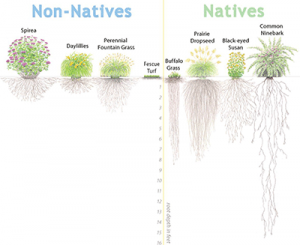
 Install water efficient toilets that use only 1.6 gallons per flush, and regularly check toilets for leaks. Leaky toilets are most often fixable by simply installing a new flapper. Try taking shorter showers and install water efficient showerheads. Only run the laundry or dishwasher when completely full, and consider replacing older models with newer, more water efficient ones. Repair leaking faucets and install water efficient faucet aerators to reduce water usage, and wash fruits and vegetables in a pan of water rather than running the faucet. Bonus: use the spent wash water to water house plants.
Install water efficient toilets that use only 1.6 gallons per flush, and regularly check toilets for leaks. Leaky toilets are most often fixable by simply installing a new flapper. Try taking shorter showers and install water efficient showerheads. Only run the laundry or dishwasher when completely full, and consider replacing older models with newer, more water efficient ones. Repair leaking faucets and install water efficient faucet aerators to reduce water usage, and wash fruits and vegetables in a pan of water rather than running the faucet. Bonus: use the spent wash water to water house plants. Summertime is a time for family and fun, and water restrictions shouldn’t put a damper on summer activities. Conscientious residential water usage combined with consistent, well-implemented municipal water audits results in a more cost-effective and environmentally friendly water system. Water conservation and efficiency benefits both consumers and municipalities, and provides a more sustainable water system for future generations.
Summertime is a time for family and fun, and water restrictions shouldn’t put a damper on summer activities. Conscientious residential water usage combined with consistent, well-implemented municipal water audits results in a more cost-effective and environmentally friendly water system. Water conservation and efficiency benefits both consumers and municipalities, and provides a more sustainable water system for future generations.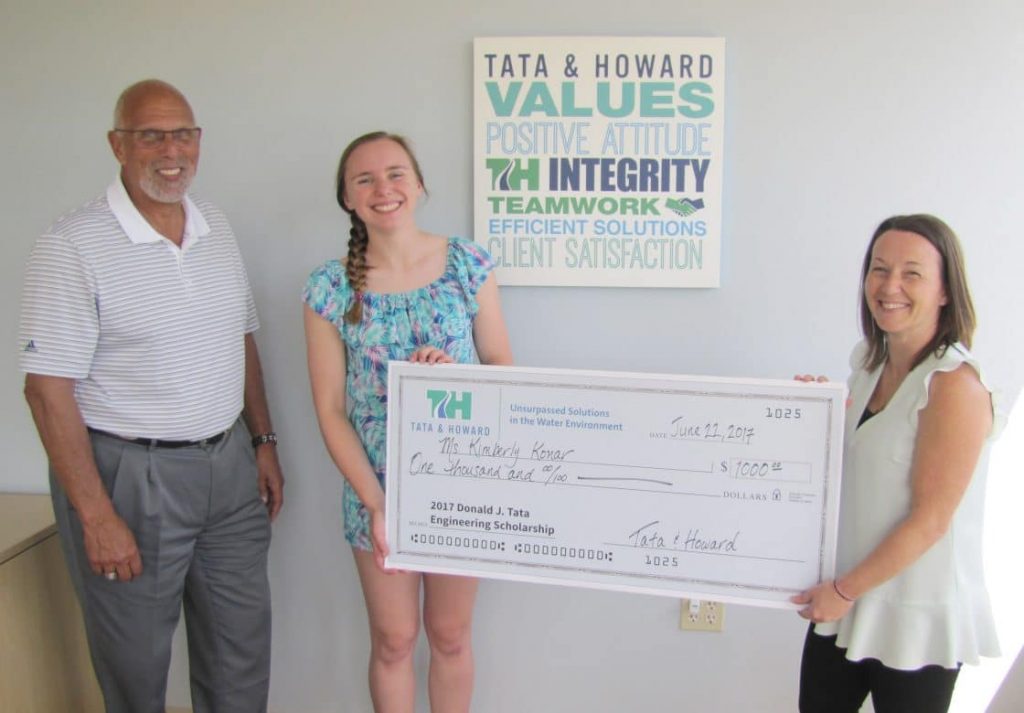
 This year, there is just one word for what we want to make World Environment Day: epic. The aim is for celebrations to be bigger and better than ever and to call on people to show their love and affection for our shared natural world.
This year, there is just one word for what we want to make World Environment Day: epic. The aim is for celebrations to be bigger and better than ever and to call on people to show their love and affection for our shared natural world. World Environment Day is the United Nations’ flagship day for encouraging worldwide awareness and action for the environment. Over the years, it has grown to be one of the largest global platforms for public outreach celebrated by over a million people in well over 100 countries.
World Environment Day is the United Nations’ flagship day for encouraging worldwide awareness and action for the environment. Over the years, it has grown to be one of the largest global platforms for public outreach celebrated by over a million people in well over 100 countries. This year we want to see if we can beat the highest number of activities celebrating the day with over 4,000 events taking place, over 20 million people hearing about the day online, and over 1.5 million people getting involved. So, here are three reasons why you should celebrate World Environment Day:
This year we want to see if we can beat the highest number of activities celebrating the day with over 4,000 events taking place, over 20 million people hearing about the day online, and over 1.5 million people getting involved. So, here are three reasons why you should celebrate World Environment Day: